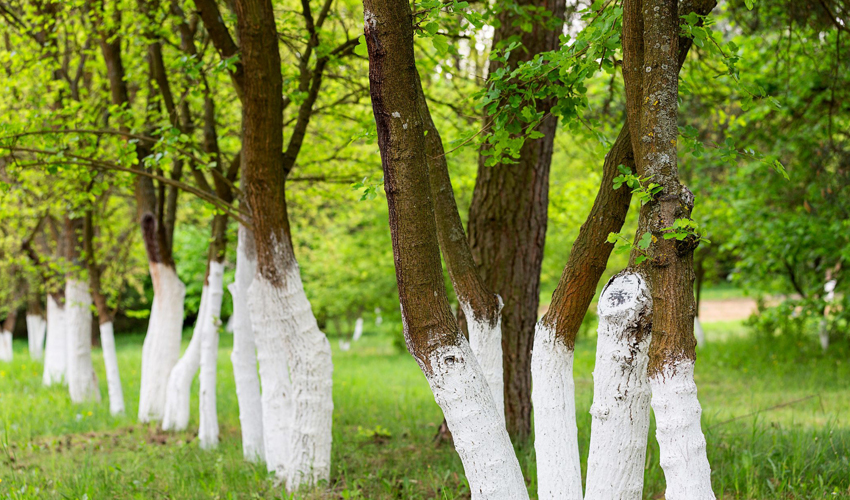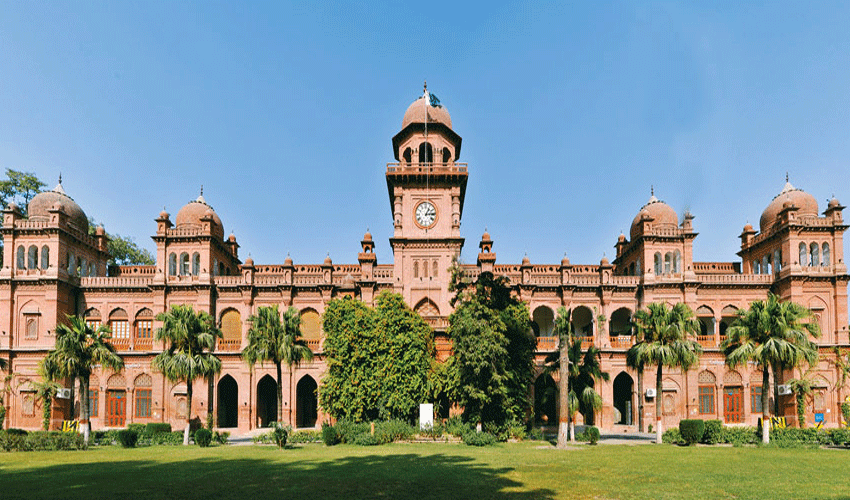Ever wondered why some trees, especially those lining roadsides, have their lower trunks painted white? It’s not just a quirky aesthetic choice; there’s actually a scientific reason behind this curious practice.
The whitewash on tree trunks is primarily a protective measure. It’s typically made from lime, which acts as a shield against a host of threats. Insects and termites, for instance, are less likely to infest trees coated in this chalky armor. Additionally, the paint helps prevent sunscald, a condition where the tree’s bark is damaged by intense sunlight. This is particularly beneficial in areas with harsh winters followed by bright, sunny days.
But the benefits don’t stop there. According to experts at Cornell University, the white color also reflects sunlight, helping to protect the tree’s roots from overheating. It’s like sunscreen for the tree’s foundation!
In some parts of the world, whitewashed trees serve another important purpose: visibility. Imagine driving on a dark, rural road with no streetlights. Those white-painted trees become invaluable landmarks, helping drivers navigate safely.
Interestingly, the color choice for tree markings can vary. While white is common, orange is often used to indicate trees that are slated for removal. In Britain, Roman numerals painted on trees reveal their height. And in some places, blue paint signifies that the tree is available for cutting.
So, the next time you see a white-painted tree, remember that it's more than just a visual quirk. It’s a testament to human ingenuity and a symbol of our efforts to protect and care for nature's giants.


























